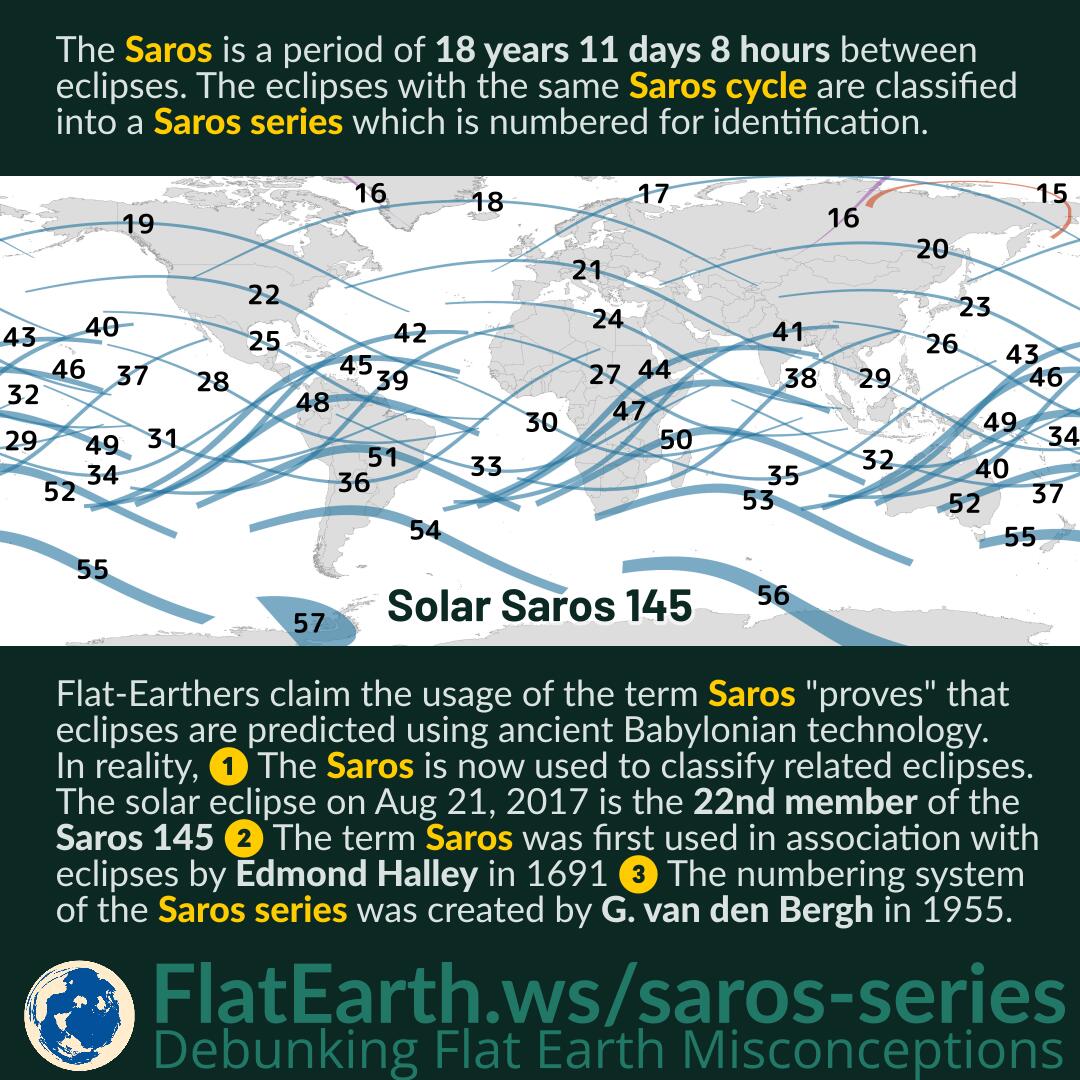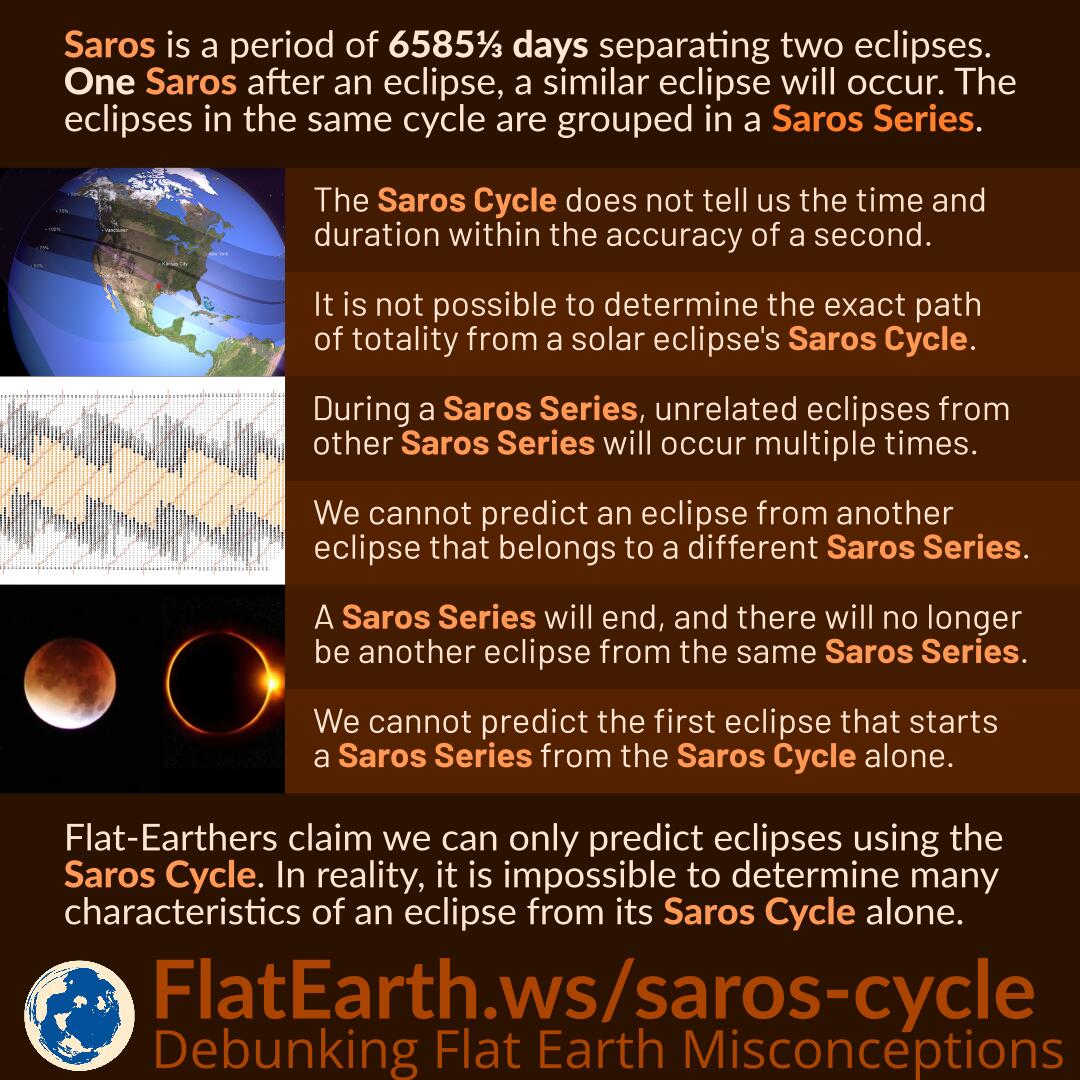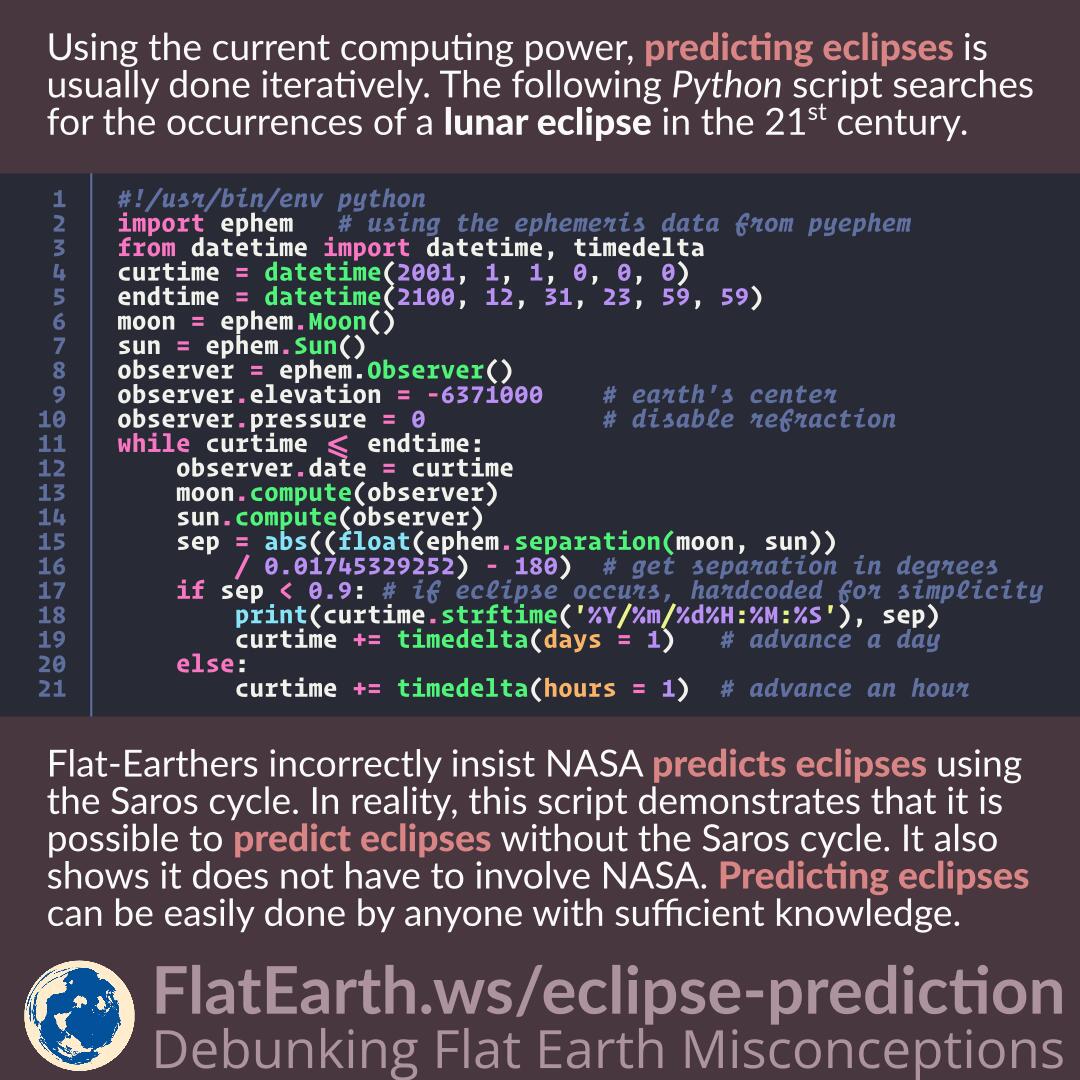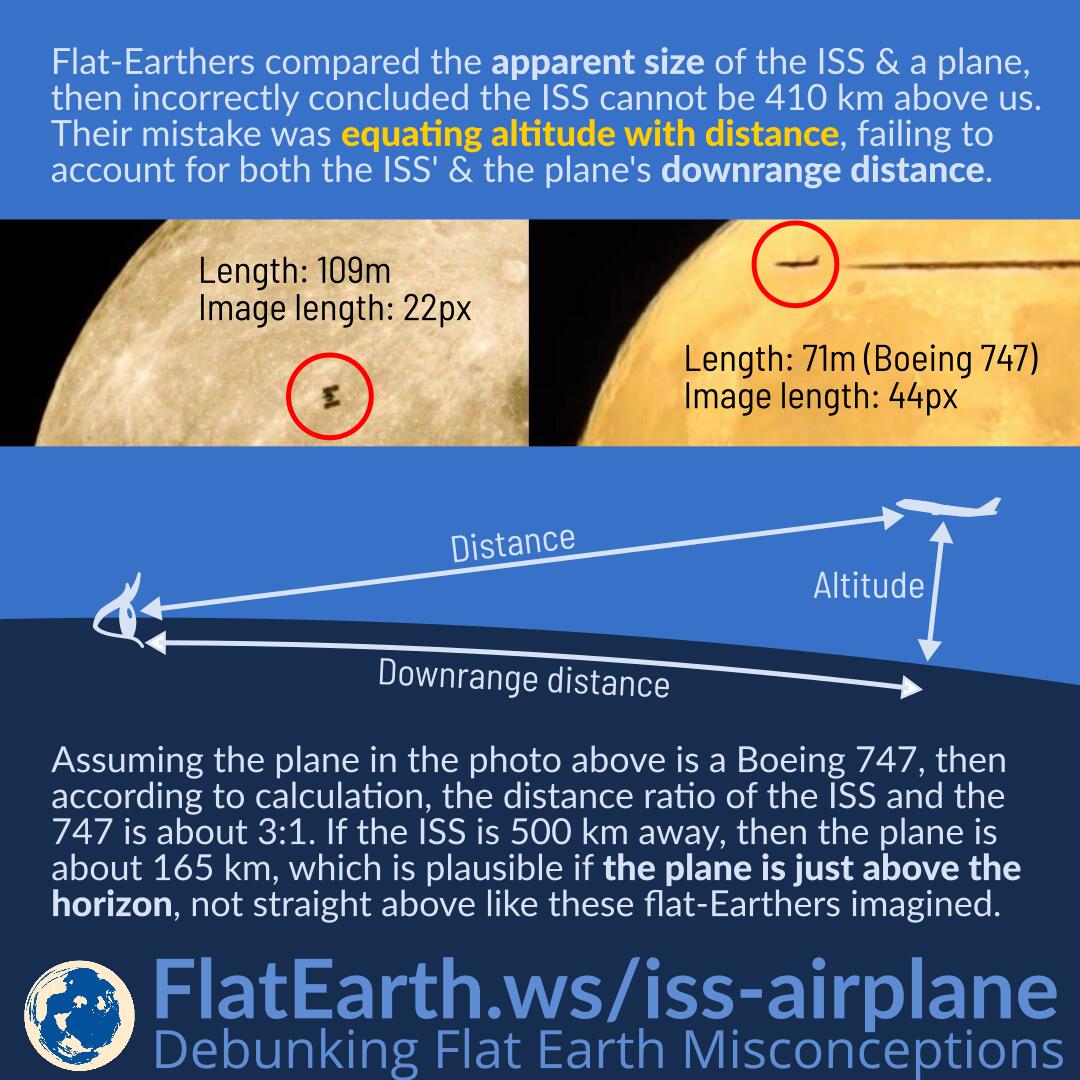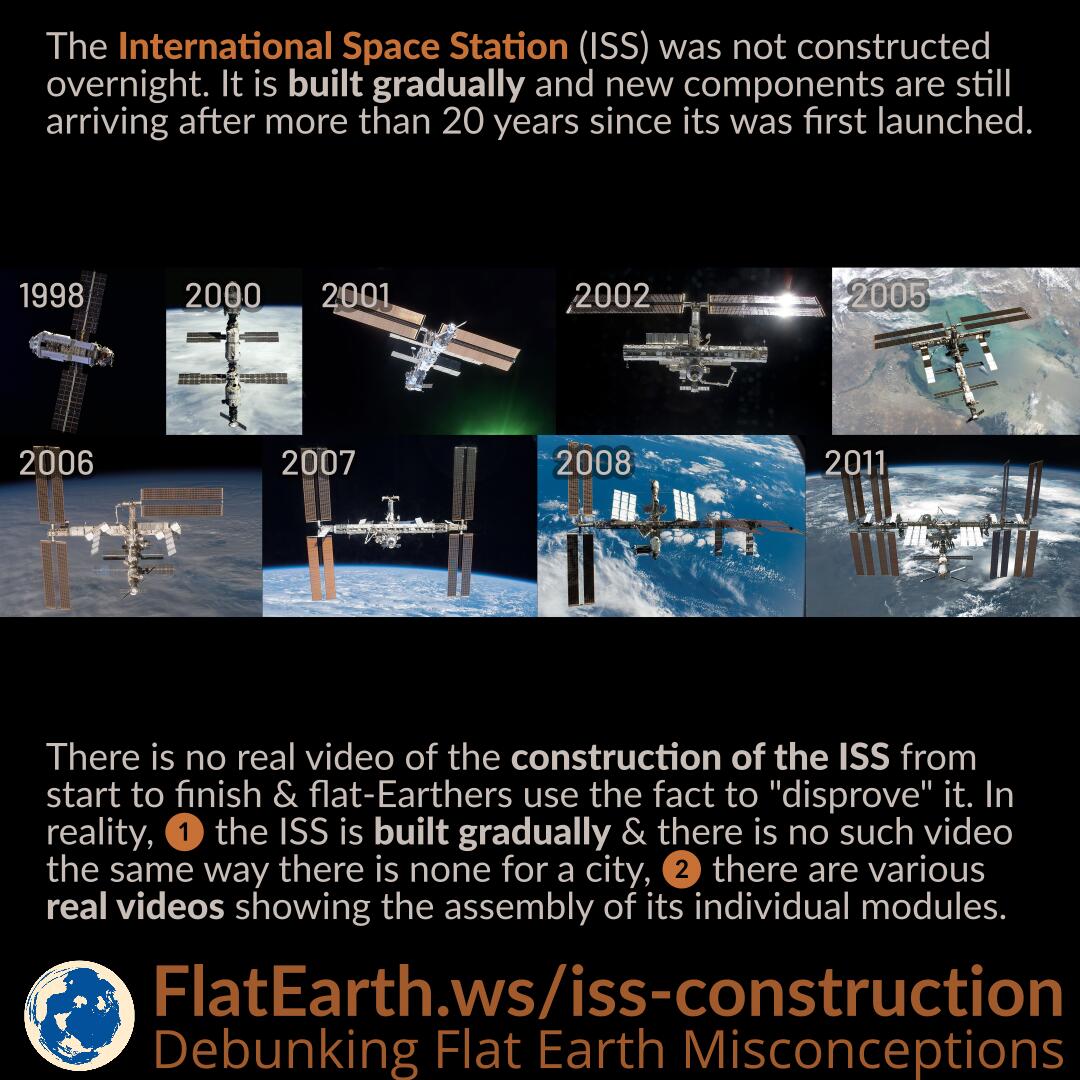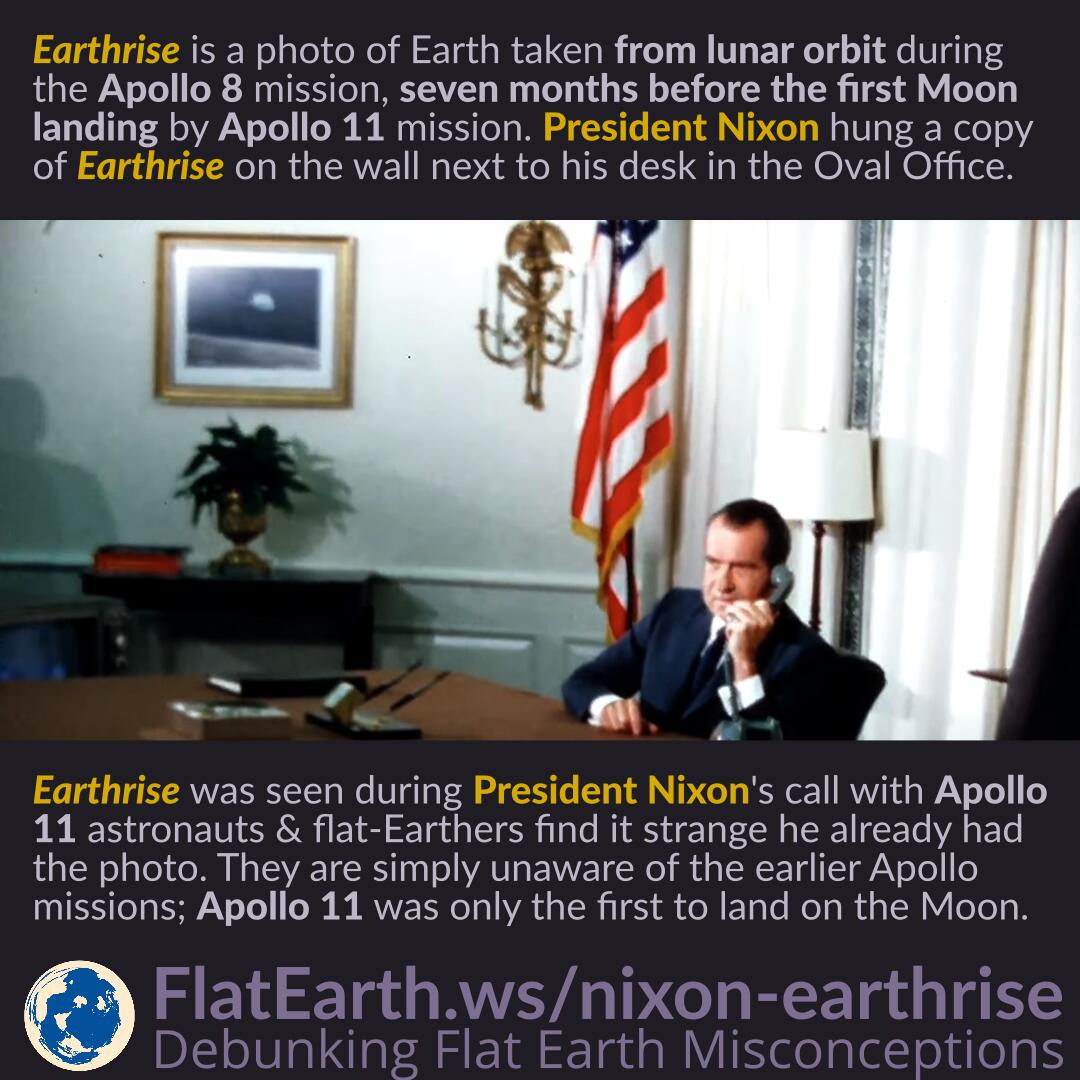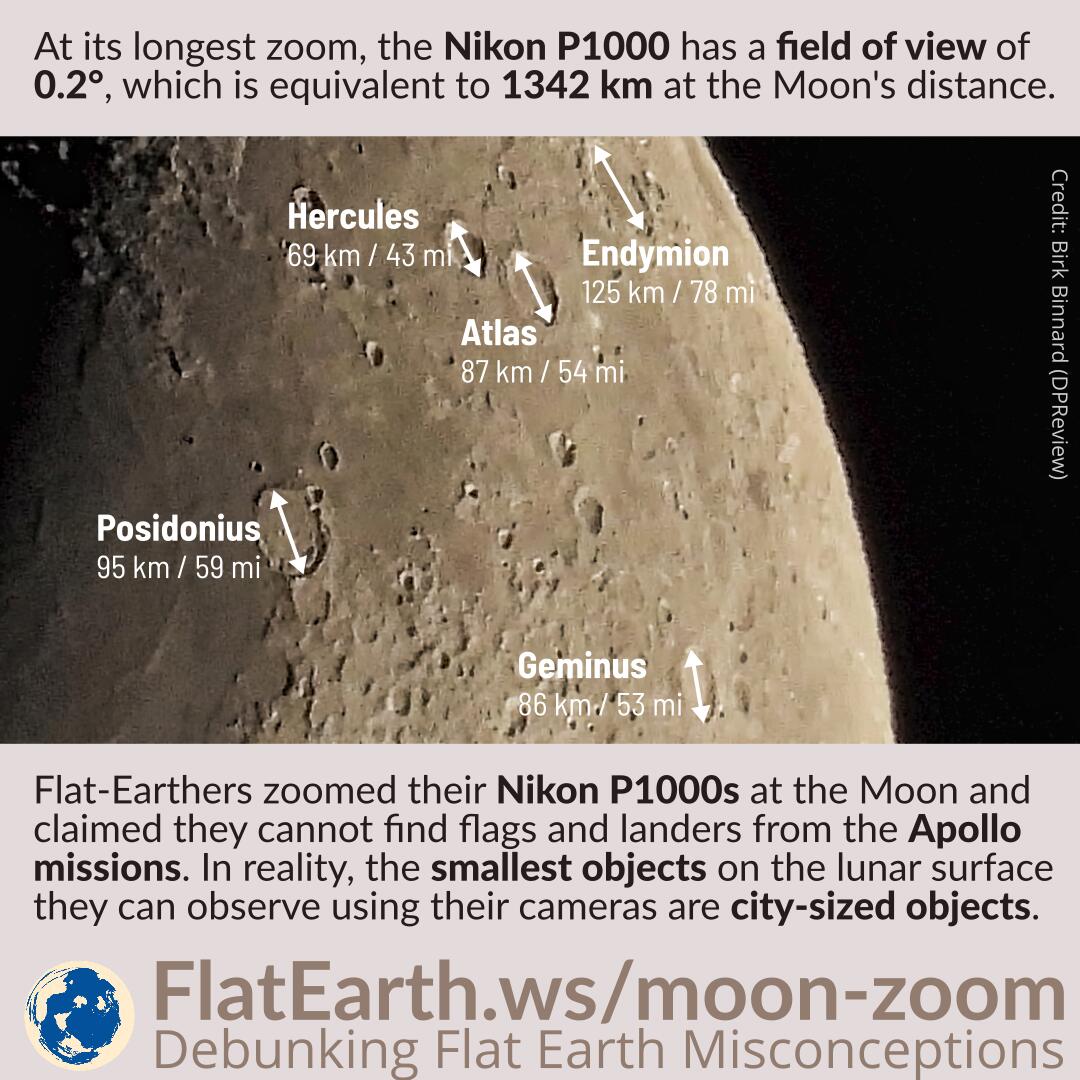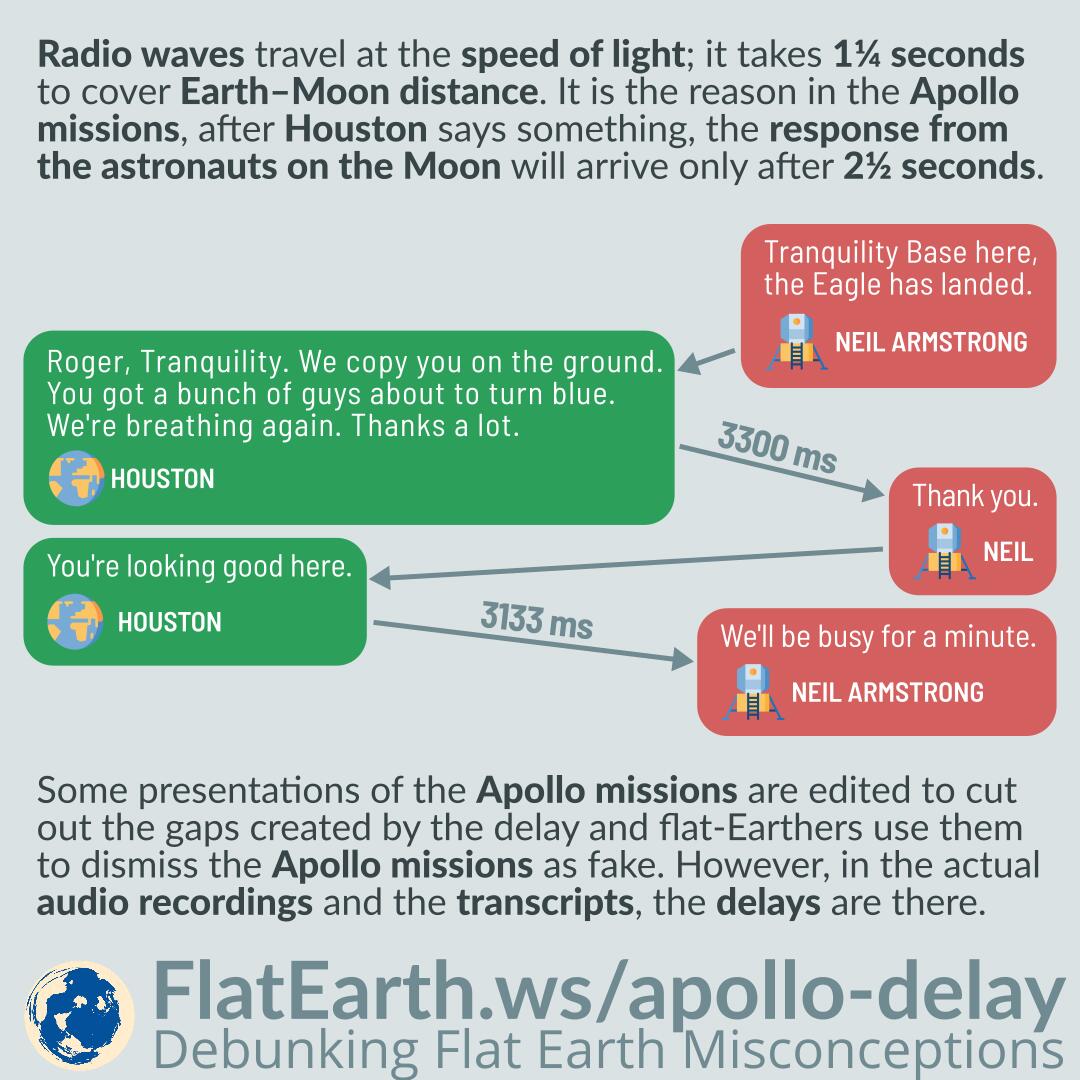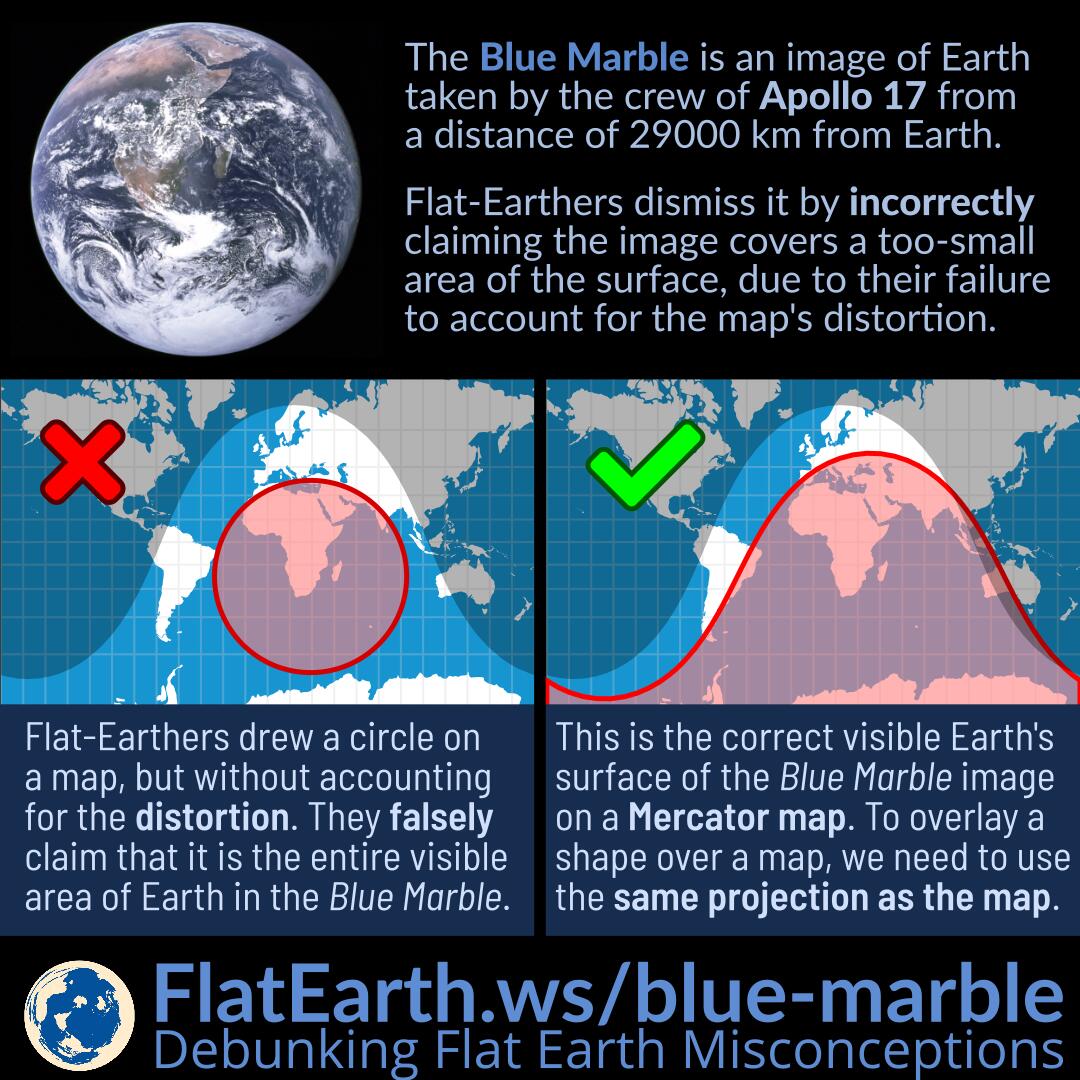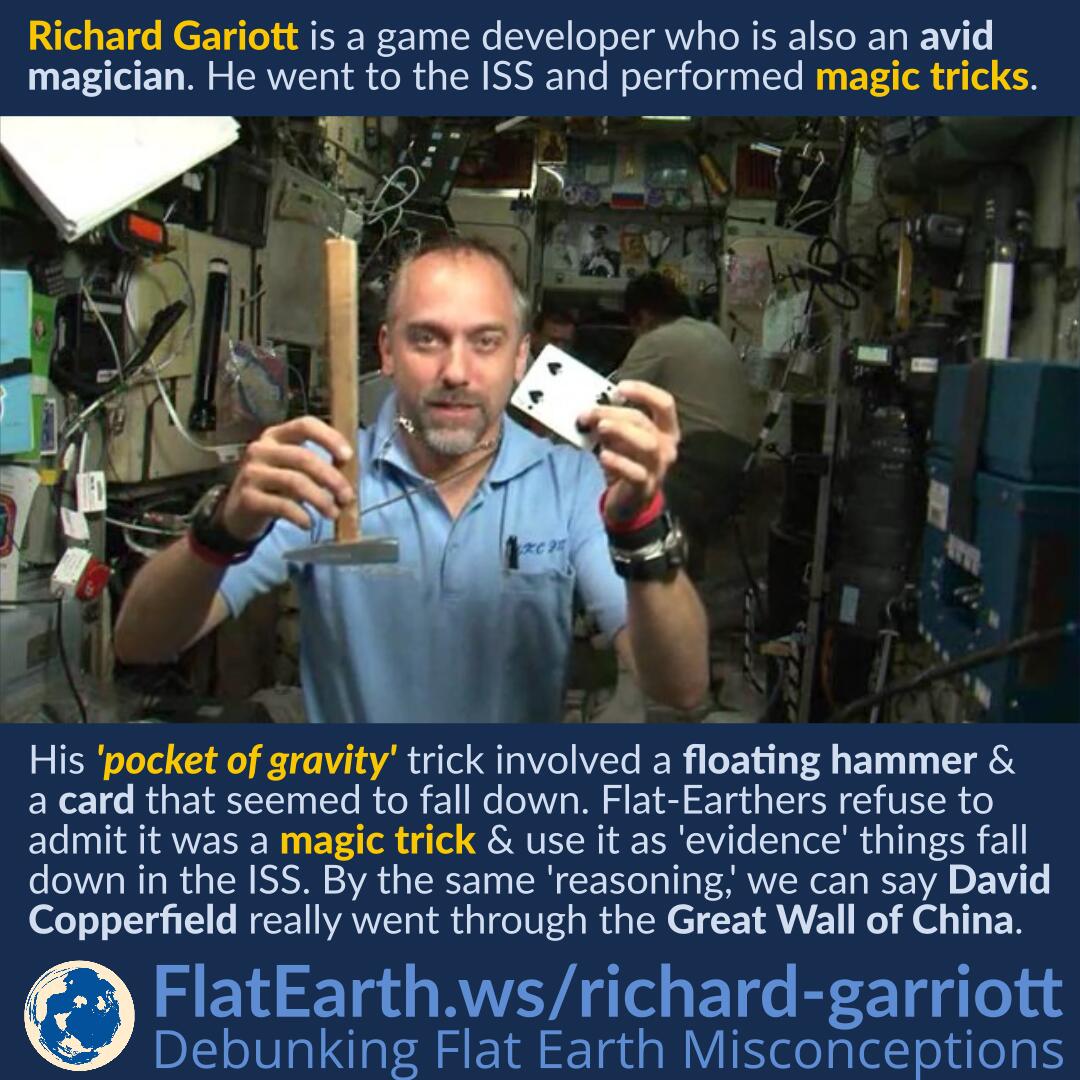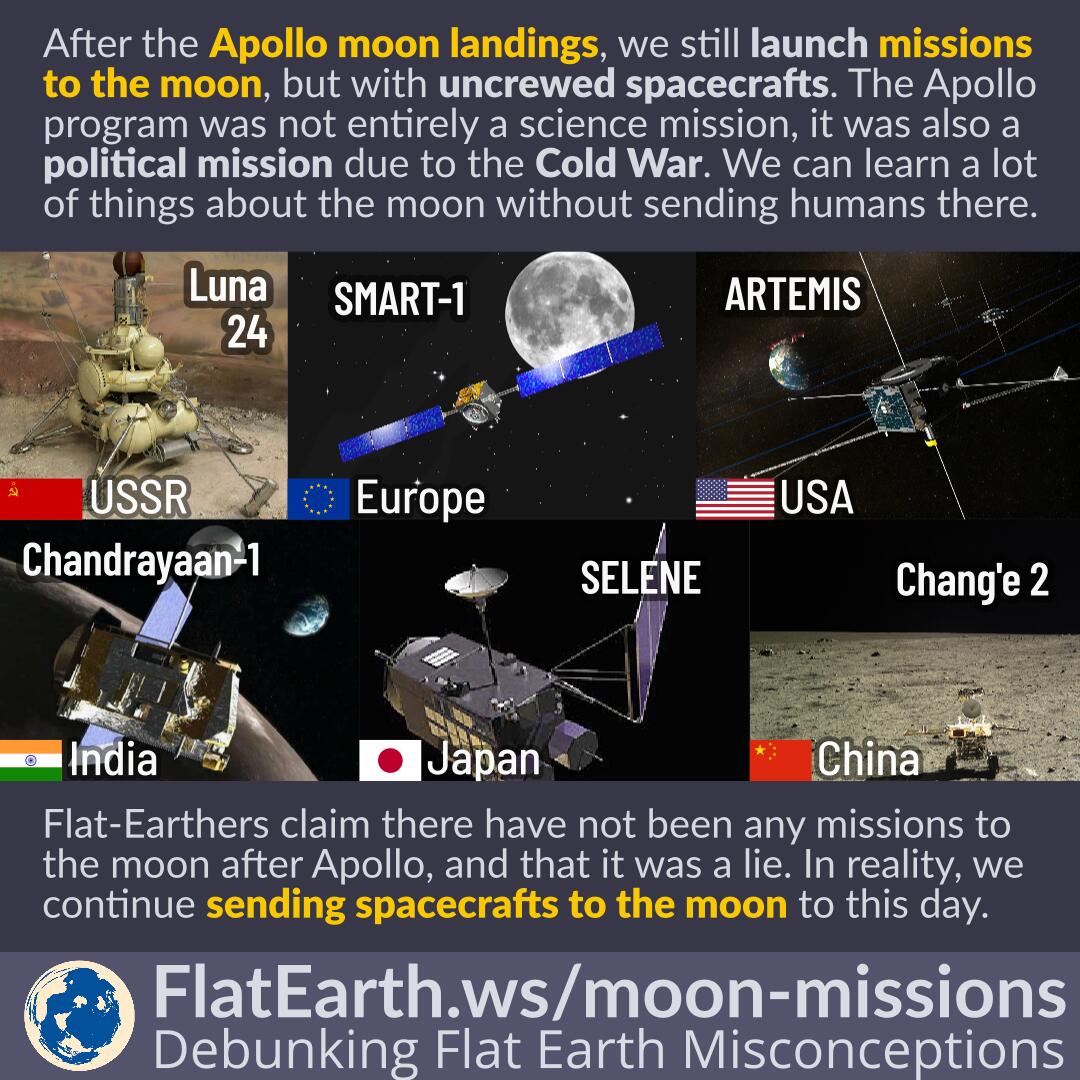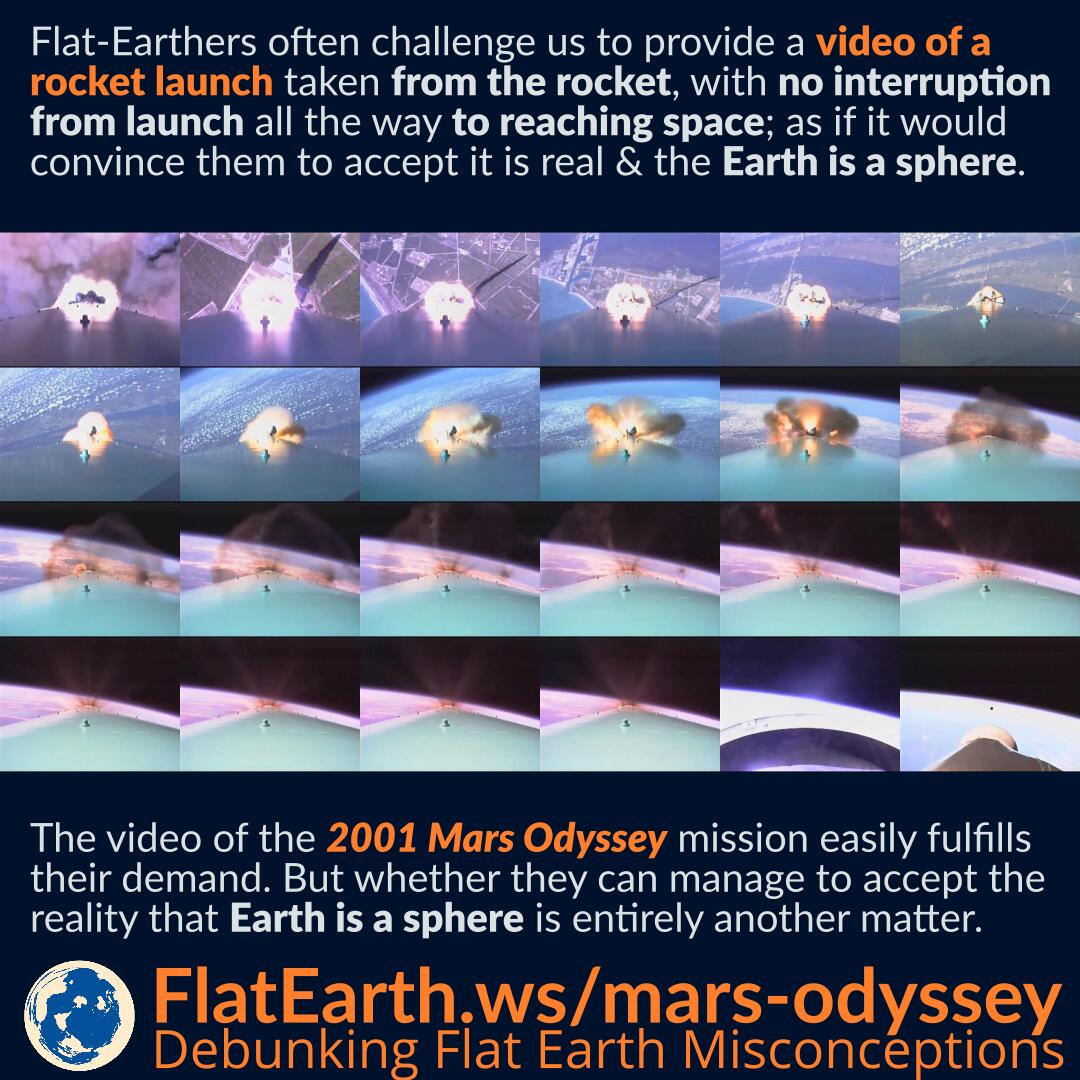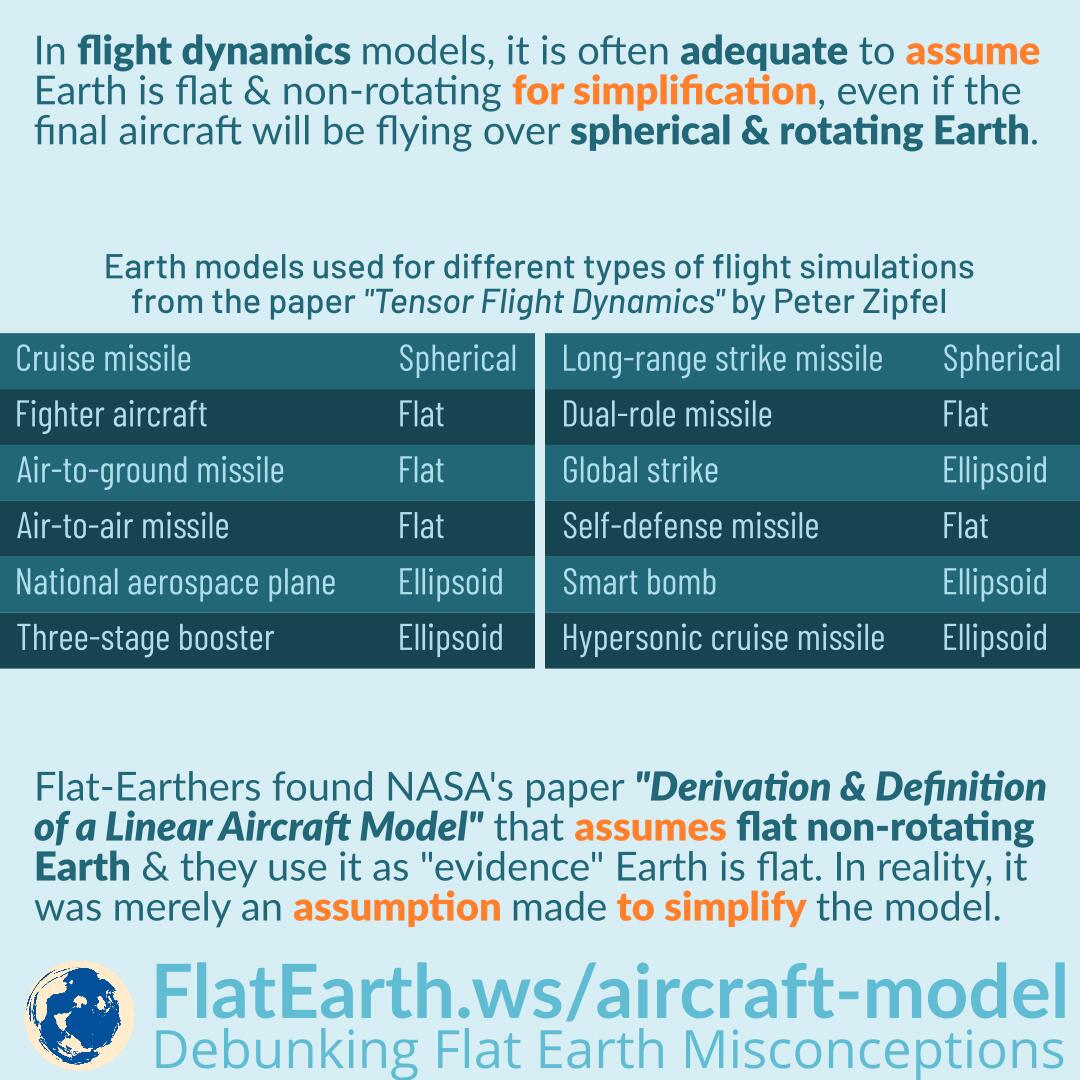DSCOVR is a spacecraft positioned in the Lagrangian point L1 between the Sun and Earth. It carries the EPIC camera that continuously takes images of Earth in 10 wavelengths from 317nm to 780 nm in rotation.
The Moon can appear in EPIC images, and flat-Earthers incorrectly use the color fringing around the Moon to dismiss the images as fake. In reality, the full-color images are composite of three single-color images taken in consecutive exposures in a one-minute span. As a result, the Moon had shifted in the time span and not perfectly aligned in the different exposures, causing the color-fringing after the images are composited together.




